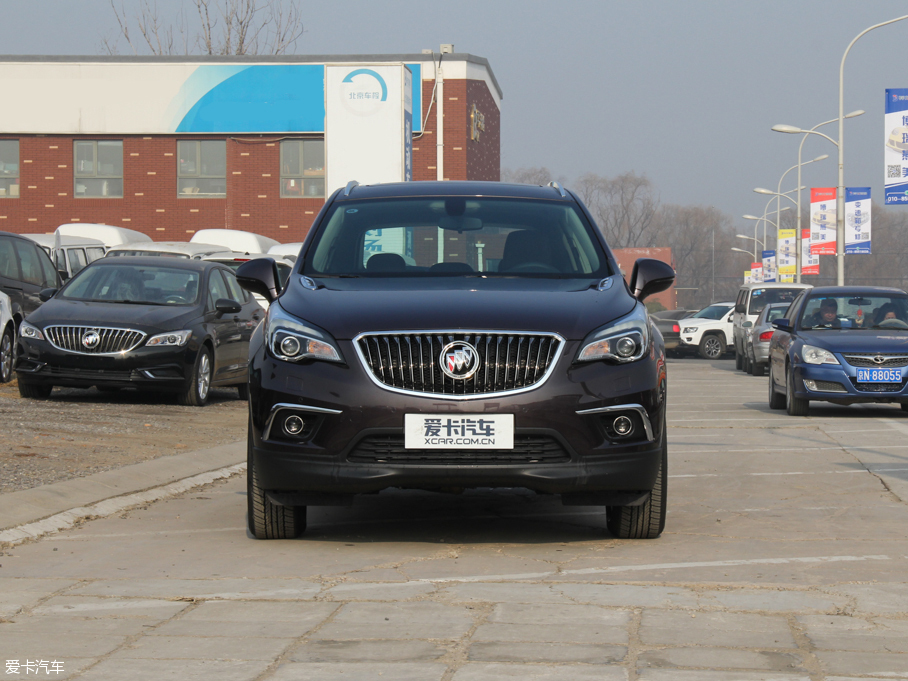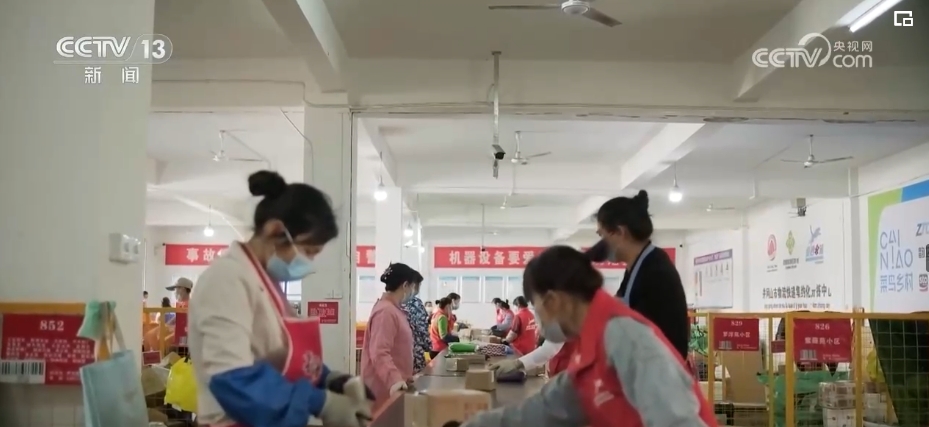No bid, no sales; There is no raw material in the bid. Can pharmaceutical companies with "involuntary fate" survive in the cracks?
Recently, Zhejiang Pharmaceutical Machinery Purchasing Center issued a notice on suspending the online trading of cefmetazole sodium for injection of Suzhou Dongrui Pharmaceutical Co., Ltd. (hereinafter referred to as Dongrui Pharmaceutical).
Description of the announcement: The cefmetazole sodium for injection produced by Suzhou Dongrui Pharmaceutical Co., Ltd. failed to fulfill the obligation of selecting the first batch of drugs in our province, and said that the raw materials of cefmetazole sodium for injection could not be purchased and the normal supply of the drug could not be guaranteed. After research, the online trading of cefmetazole sodium for injection (specifications: 0.5g and 1.0g) produced by Suzhou Dongrui Pharmaceutical Co., Ltd. will be suspended from now on.
According to the description in the announcement, the reason why Dongrui Pharmaceutical fulfilled the obligation of winning the bid was related to the inability to purchase raw materials.
01 or withdraw from the network due to the supply of raw materials.
In November, 2020, Zhejiang Medical Machinery Procurement Center issued the Procurement Document for Centralized Procurement of Some Drugs in Zhejiang Province, announcing that eight drugs, such as Rabeprazole Oral Constant Release Dosage, Ursodeoxycholic Acid Oral Constant Release Dosage and Cefemetazole Injection, will be purchased with quantity, and the procurement cycle will be 12 months. Among them, the agreed purchase quantity of cefmetazole injection (specification 1.0g) is 2,502,800 pieces.
In January this year, Zhejiang Medical Machinery Purchasing Center announced the results of the selection, involving 10 varieties. According to the principle of winning the bid in Zhejiang Province, if there are more than two bidding enterprises, the lowest quotation will be selected, and only one enterprise can be selected. Dongrui Pharmaceutical beat 17 other competitors, such as Harbin Pharmaceutical Group, Fuan Qingyutang, Beite Pharmaceutical, etc. The company’s cefmetazole sodium for injection (powder injection, packaging specification: 1.0g/ bottle) was selected by 8.2 yuan. The successful result will be implemented from March 15th.

However, on April 14th, Zhejiang Pharmaceutical Machinery Purchasing Center released another report on the purchasing results of cefmetazole sodium injection. According to the circular, because Dongrui Pharmaceutical refused to fulfill its bid-winning obligations, it did not complete the work of signing the purchase and sale agreement and establishing the distribution relationship, which affected the normal implementation of the bid-winning results. As for the lack of cefmetazole sodium in centralized drugs due to Dongrui Pharmaceutical’s failure to fulfill the obligation of selection, the processing method of Zhejiang Medical Machinery Purchasing Center is that the purchase of cefmetazole sodium injection with quantity is treated as no selected product, and all medical and health institutions temporarily purchase it according to the original method.

Dongrui Pharmaceutical may also be defended for failing to fulfill its obligations as required and causing losses to medical and health institutions.
For enterprises with dishonesty, Zhejiang Medical Equipment Purchasing Center has also implemented notification measures while reminding medical and health institutions to choose carefully and avoid purchasing products from untrustworthy enterprises.
When pharmaceutical companies participate in centralized procurement declaration, they will be required to provide the Commitment Letter of Drug Declaration Enterprise. Among them, it includes the requirement of credibility: there is no serious illegal record in the two years before the declaration, such as disturbing the order of centralized procurement, maliciously violating the contract and other acts contrary to honesty and credit. The requirement for production capacity is that the annual production capacity of the declared varieties should reach 2 times or more of the agreed purchase quantity. If it is untrue, it is willing to accept the treatment including canceling the qualification for winning the bid and including bad records.
Under normal circumstances, the punishment result of the successful company’s failure to fulfill the obligation of successful selection will be more serious, while the punishment result of Dongrui Pharmaceutical this time is notification, which is relatively light. This result may be related to the inability of Dongrui Pharmaceutical to purchase APIs.
According to the company’s official website, Dongrui Pharmaceutical is mainly engaged in the development, manufacture and sales of cephalosporin antibiotics and system specialized drugs. According to the information of domestic drugs in National Medical Products Administration, there are currently 28 pharmaceutical companies in China with a total of 65 registered production approvals of Cefmetazole Sodium for Injection. Suzhou Dongrui has registered production approval documents of 1.0g and 0.5g cefmetazole sodium for injection.
According to media reports, it was learned from interviews with several regional sales leaders of Suzhou Dongrui that raw materials could not be purchased because the upstream raw material enterprises were unwilling to supply Suzhou Dongrui. "At first, we were told to raise prices substantially, but we accepted it. But then the manufacturer said that it could not be supplied. " Informed employees of the company revealed.
In China, only six pharmaceutical companies, including Harbin Pharmaceutical Group, Fuan Pharmaceutical Group, Chongqing Bosheng Pharmaceutical and Chongqing Gisrui Pharmaceutical, have registered production approval documents for cefmetazole sodium raw materials.
According to Health Network, in February this year, the price of rare varieties of cephalosporin raw materials doubled, and the most concerned small product was cefmetazole sodium raw material. The recent price increase was caused by the price increase of raw materials and the lack of manufacturers. The original price of domestic manufacturers was about 4,000 yuan /kg, and now it is quoted at 8,000 yuan /kg.
The supply cut-off incident of Dongrui Pharmaceutical further highlights the "dilemma" faced by pharmaceutical companies whose raw materials are not in their own hands: if a large number of raw materials are hoarded before the election, but the results are not selected, the pharmaceutical companies will face the risk of unsalable products and broken capital chains at any time; If you don’t hoard a large number of APIs, but the result is selected, you will face the current problem of Dongrui Pharmaceutical, "you can’t buy APIs with money", which will eventually lead to the suspension of drug supply.
02 API monopoly, who is controlling it?
Since the procurement with quantity was carried out at the end of 2018, the supply interruption of selected products has occurred from time to time.
In 2019, the supply of Fosinopril sodium tablets of Bristol-Myers Squibb (BMS) was cut off due to insufficient supply, which became the first cut-off event after centralized procurement, and was finally supplemented by Huahai Pharmaceutical. At the end of last year, two selected products, Penglai Nuokang Pharmaceutical Metformin Tablets and Nanjing Changao Pharmaceutical Pivastatin Calcium Tablets, were unable to be supplied in sufficient quantities in a short period of time, so the transition period was increased by three months.
There are many reasons for drug supply interruption, and the shortage and price increase of raw materials are very important factors. In recent years, many API companies have also been issued "sky-high fines" for alleged monopoly.
At the beginning of this month, Tianyao Co., Ltd. was punished by Tianjin Municipal Market Supervision and Management Committee for allegedly reaching a monopoly agreement on fluoxetine bulk drug, with a fine of 44.02 million yuan.
In April, 2020, the State Administration of Market Supervision made an administrative penalty decision on the illegal acts of abusing the dominant market position of three calcium gluconate raw material drug distribution enterprises, namely Shandong Kanghui Medicine, Weifang Taiyangshen Medicine and Weifang Puyunhui Medicine, and confiscated a total of 325.5 million yuan. This is also the biggest fine for the monopoly of APIs since the implementation of the Anti-Monopoly Law.
In November 2020, Wanbangde Pharmaceutical was fined 2.474 million yuan for abusing its dominant market position and attaching unreasonable trading conditions to the production and sale of bromhexine hydrochloride.
According to the Annual Report on Anti-monopoly Law Enforcement in China (2019) issued by the State Administration of Market Supervision at the end of 2020, there were 6 monopoly cases in the API industry in 2019. According to incomplete statistics, since 2016, a total of 15 companies, including Tianyao Co., Ltd., have been subject to administrative penalties for monopolistic behavior of APIs.
Why monopoly events frequently occur in the field of APIs?
There may be "passive" and "active" reasons for this.
"More registered pieces, less actual production". China holds 8482 valid API approval documents, and there are 1699 pharmaceutical companies with API production license qualifications. However, there are few companies that can actually produce and actually produce.
According to the information released by the Price Supervision, Inspection and Anti-monopoly Bureau of the National Development and Reform Commission, there are about 1,500 kinds of APIs in China, but their production is in the hands of a few manufacturers, of which only one enterprise can produce 50 kinds of APIs, only two enterprises can produce 44 kinds of APIs and only three enterprises can produce 40 kinds of APIs. Some people in the industry have also analyzed that many enterprises are unwilling to produce low-priced drugs because of their low prices and low profits, which is more likely to lead to monopoly.
"Environmental protection costs are under great pressure". On January 1, 2018, the "Environmental Protection Tax Law" was officially implemented, and the collection of sewage charges was changed to the collection of environmental protection fees, which greatly increased the cost for API manufacturers that needed a large amount of sewage discharge. Raw material medicine enterprises urgently need to be upgraded, and in the process of upgrading, some enterprises closed down because they could not bear the cost of upgrading.
Only a few companies have the qualification for examination and approval and the production capacity. In addition, with the increase of costs, the number of API enterprises has further decreased, and the output has also been affected.
According to the data of the National Bureau of Statistics, since 2018, the output of APIs in China has experienced a cliff-like decline, from 3.478 million tons in 2017 to 2.823 million tons in 2018, and then to 2.621 million tons in 2019. In the case of "scarcity is precious", the price of raw materials has also soared. In 2018, the price of roxithromycin rose from 590 yuan/kg in May to 735 yuan/kg in October. The price of chlorpheniramine, commonly used in cold medicine, rose from 400 yuan /kg to 23,300 yuan /kg in just one month, up 58 times.
In view of the "passive" monopoly of API enterprises, Wu Huifang, the general manager and chief researcher of Health Network, has conducted an analysis before. "There are mainly two aspects: on the one hand, the output is not large, although there are some approval numbers for APIs, there are few manufacturers that can actually produce them normally, and the size of preparation manufacturers is uneven. In this case, the price increase of APIs is also a last resort; On the other hand, the monopoly of many APIs is not caused by the active behavior of API companies, but by the competitive means of preparation distributors, especially for preparation bidding, that is, the underwriting party forces competitors to make concessions in preparation bidding by controlling the supply of APIs. "
In addition to the "passive" factors, there are also many enterprises in the market who choose to "do it intentionally". According to insiders, some of the monopoly phenomena of APIs are due to human manipulation. One mode is to indirectly control several natural persons to acquire the approval documents, so that all the market of the API is assigned to its own "circle", and finally only one of them is allowed to produce, and the rest of the approval documents are idle, resulting in monopoly of the market, and then the price is raised. Another mode is to sign a "National General Underwriting Agreement" between a third-party commercial company and an API enterprise, so that all APIs can be brought together. If you want to buy APIs, you can only buy them through the channels provided by the company, but API enterprises can’t participate in the pricing, resulting in monopoly.
These models make it more difficult for the regulatory authorities to investigate and deal with monopoly events.
In addition, according to Article 47 of the Anti-Monopoly Law, "if an operator violates the provisions of this law and abuses the dominant position in the market, the anti-monopoly law enforcement agency shall order him to stop the illegal act, confiscate the illegal income and impose a fine of more than 1% and less than 10% of the sales in the previous year."
In the monopoly case of Tianyao shares, Tianyao shares were fined 4% of sales in 2019 and confiscated illegal income. The proportion of 4% is not high in recent years because of the monopoly of APIs. Previously, Kanghui Company, Puyunhui Company and Taiyangshen Company were fined 10%, 9% and 7% of the annual sales in 2018 respectively for the monopoly of calcium gluconate for API injection.
However, in terms of the amount, the 4% sales of Tianyao Co., Ltd. in 2019 corresponds to about 35.1247 million yuan, while the 9% sales of Puyunhui Company in 2018 are 48.3 million yuan, and the 7% sales of Helios Company in 2018 are 12.4 million yuan. After receiving the ticket, Tianyao Co., Ltd. lowered its estimated net profit in 2020 from the original "55 million yuan-75 million yuan" to "31 million yuan-37 million yuan", which is equivalent to a fine of nearly half of the net profit for one year.
Compared with the sales of 10% in the previous year, the price difference and huge profits brought by monopoly for several consecutive years will still make some companies choose to take risks, which is one of the reasons why the monopoly of APIs has been repeatedly banned.
How to deal with the downstream pharmaceutical enterprises
The monopoly of APIs is undoubtedly "strangled" for some downstream pharmaceutical companies. The price of raw materials is rising, and the price of centralized drugs is low. The profit margin of pharmaceutical enterprises is constantly being compressed and even the phenomenon of "price upside down" appears. Without profit margin, many pharmaceutical companies can’t give up drug production, which leads to the shortage and interruption of supply of commonly used drugs, which is extremely unfavorable to society and ordinary people.
Faced with the monopoly of APIs, the national regulatory authorities have been "striking hard" and cracking down on monopoly. And how should pharmaceutical companies in the downstream "save themselves"?
Wu Huifang said that in the market competition, the powerful preparation manufacturers left behind have sufficient purchasing power, and they are planned and do not owe debts; In addition, we can follow the procurement mode of pharmaceutical preparations, and pharmaceutical enterprises can jointly bid for the procurement of raw materials.
It is also reported that Dongrui Pharmaceutical, which withdrew from the network due to the interruption of the supply of raw materials, will build its own raw material drug production line in the future and "take its fate in its own hands".
























